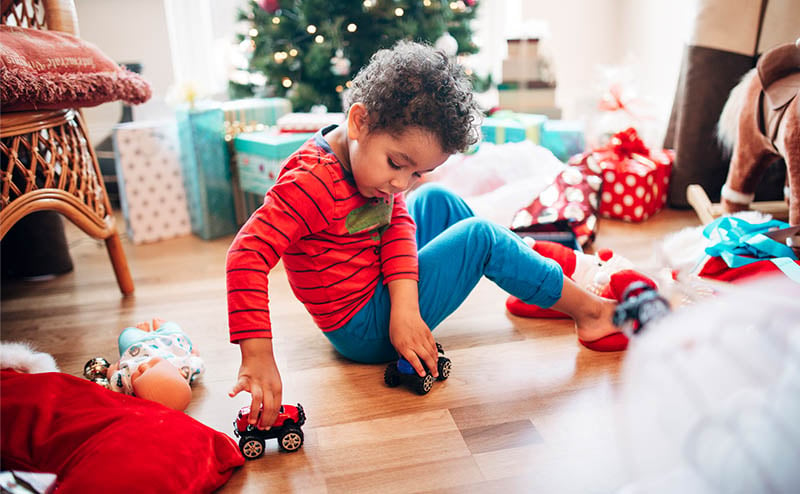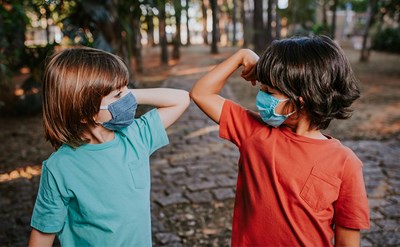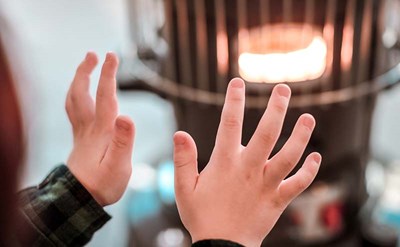In 2023, there were 10 deaths, and an estimated 154,700 emergency department-treated injuries associated with toys for children 12 years and younger according to the Consumer Product Safety Commission.
Toys have become safer over the years. Still, there are steps you can take to make sure your child's toys are safe:
- Select toys to suit the age, abilities, skills and interest level of the intended child. Toys that are too advanced may pose safety hazards to younger children.
- Make sure that you and your child clearly understand the manufacturer’s instructions for safe use of the toy, including any warnings.
- Be wary of purchasing riding toys (especially unpowered scooters); these toys continue to be associated with more injuries than any other category. When using riding toys, make sure your child wears appropriate protective gear (e.g., helmets, kneepads) and has the needed skills.
- Avoid choking hazards. Button batteries and magnets are particularly dangerous if swallowed. Toys with small parts can be fatal to infants, toddlers and all children who still put objects into their mouths (typically age three and younger). These include balloons, marbles, small balls and toys with small removable parts. Make sure that all of the toy’s parts, including eyes, noses and ears on stuffed animals or dolls, are secured tightly. Never let children play with under-inflated or broken balloons as they can cause suffocation.
- Stay away from toys with long strings or cords, which can cause strangulation. Remove crib mobiles as soon as your child can push up on his hands and knees.
- Steer clear of toys with sharp edges and points.
- Avoid toys that shoot small objects or include parts that fly off, which can cause serious cuts and injure eyes in particular.
- If your child has a toy box, make sure the lid will stay open in any position and not fall unexpectedly. It also should have ventilation holes to prevent suffocation if your child gets trapped inside.
- Buy only crayons and paint sets that are labeled “nontoxic.”
- Always throw away plastic packaging which can lead to suffocation.
- Share this list with friends and relatives who purchase gifts for your child.
There is no substitute for proper adult supervision when it comes to young children. Children under age three tend to put everything in their mouths. They also love to pull, throw and twist toys, so look for toys that are well-made and can withstand impact.
In an emergency, call 911 or go to the nearest emergency department. Every parent should take the opportunity to learn the Heimlich maneuver for choking accidents and basic first aid for cuts or lacerations, bruises or other injuries so that they can care for a child until medical professionals arrive.
 American College of Emergency Physicians
American College of Emergency Physicians







